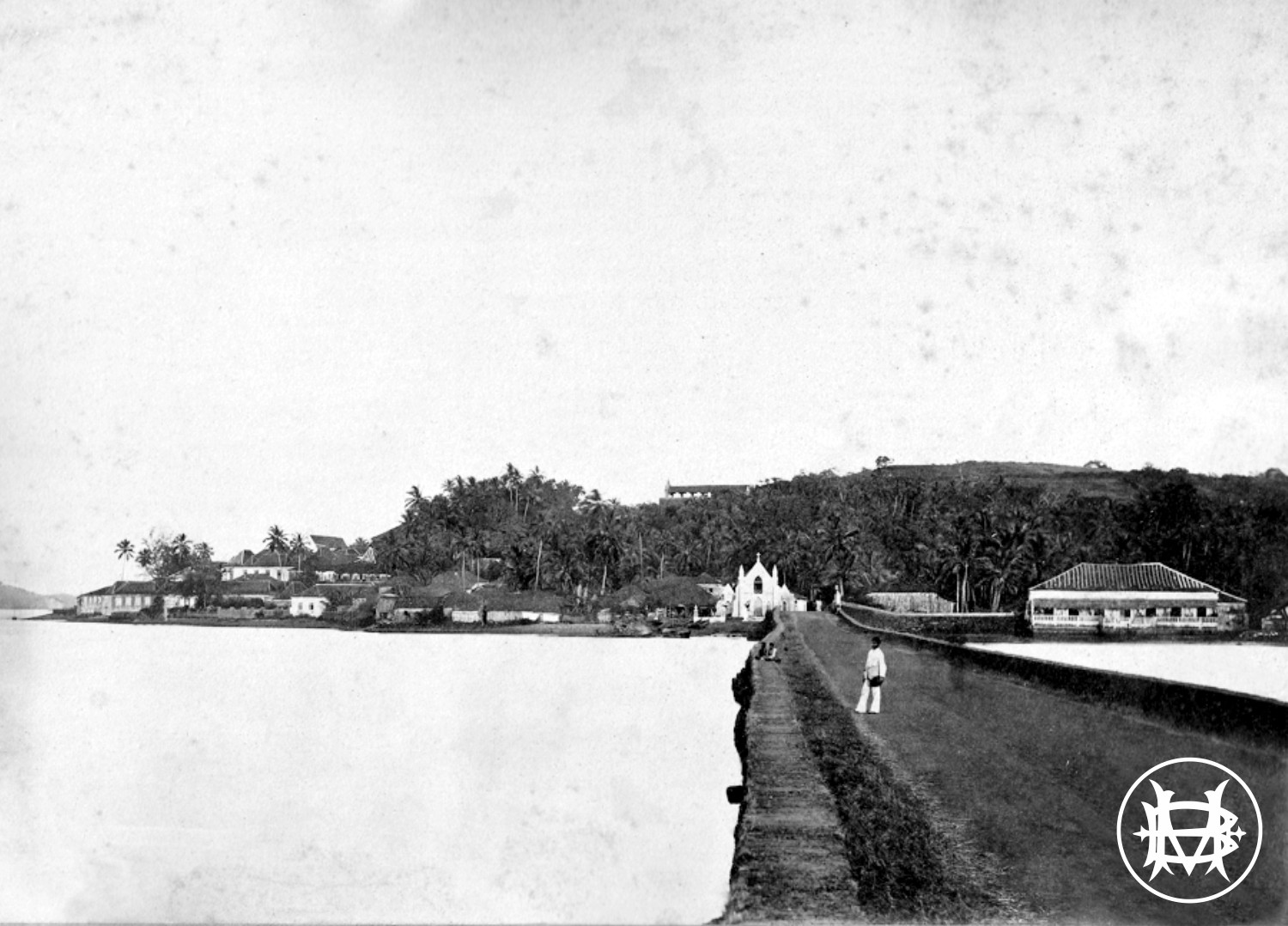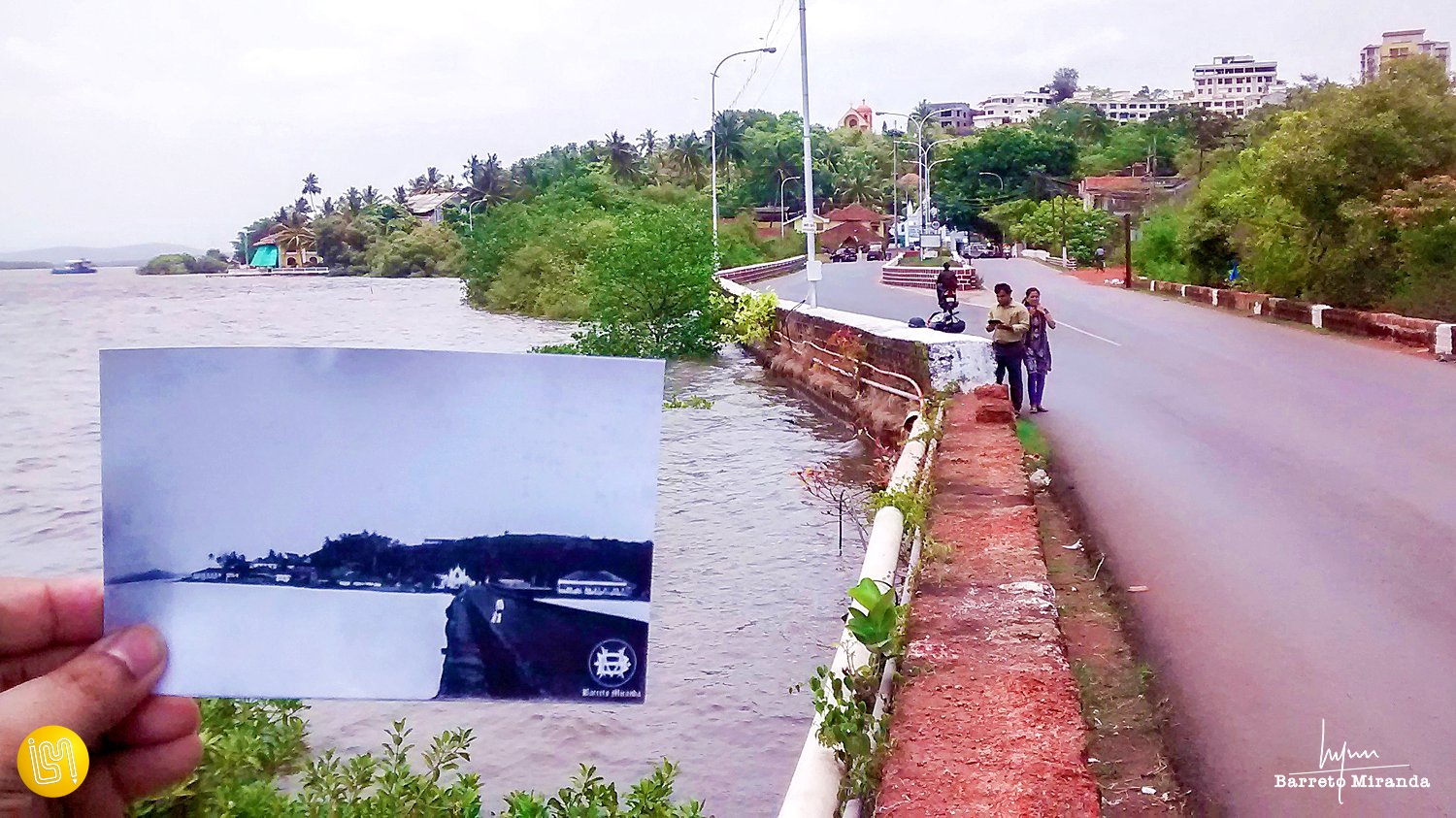

The Ponte de Liñhares, constructed in 1633, connects the towns of Panjim and Ribandar and stands as a remarkable engineering marvel. Spanning an impressive length of 3,026 meters, it holds the distinction of being Asia’s longest causeway. On one side, it is flanked by the serene River Mandovi, while on the other, it overlooks salt pans nestled within the Khazan lands.
The visionary behind this ambitious project was the 4th Count of Linhares (Conde de Linhares), Miguel de Noronha, who served as the 23rd Viceroy of Portuguese Goa. At the time, Panaji and Ribandar Village were not connected, separated by a treacherous marshy and tidal area. To improve connectivity and facilitate the transportation of construction materials and defense resources, a pioneering initiative was launched by the Portuguese Administration in the early 1600s.
The Jesuit Priests were enlisted for their expertise, and work began around 1632. To fortify the soft, marshy soil alongside the River Mandovi, they ingeniously used the bark of the ‘jambho tree’ to provide strength. Upon this reinforced foundation, a massive masonry causeway was meticulously constructed.
The causeway features a total of 40 arches, mainly concentrated on the Panaji side. However, the primary section connecting Ribandar to Panaji has only three openings, known as ‘manos,’ designed to allow seawater to enter the ‘khazan lands.’ This ancient hydrologic system predates the Portuguese and was adeptly engineered for fish trapping and, most notably, for ‘sea salt making.’
As you traverse the Ribandar Causeway, parallel to the meandering River Mandovi, you may perceive it as a straight path. However, it is ingeniously built in the shape of an arrow. This design choice effectively directs the rising tides and monsoon waters of the river sideways towards the two rivulets at either end, possibly alleviating the burden on the primary arm of the causeway. Towards Panaji, you will encounter two small culvert bridges over the Rua de Ourem Creek, and another bridge spans the Ribandar creek.
Initially built for the use of bullock carts and horse-carriages, this age-old causeway continues to serve modern heavy traffic after nearly four centuries of existence; and till a few decades, allowed heavy 12-14 wheeled trailers over it as well. An intriguing aspect of the Ribandar Causeway, also known as Ponte de Conde de Linhares, is that it was contemporaneously built with the renowned Taj Mahal in Agra.
The Ribandar Causeway was completed between 1632 and 1634, while the construction of the Taj Mahal, a symbol of India’s pride and one of the Wonders of the World, commenced in 1632, shortly after the death of Mumtaz Mahal, the beloved of Mughal King Shah Jahan. These awe-inspiring structures stand as enduring testaments to the skill and craftsmanship of bygone eras. Situated along the banks of famous rivers—the River Mandovi in Goa and the River Yamuna in Agra – they continue to captivate visitors with their timeless and masterful construction.

